Goods-to-Person System in Malaysia
Goods-to-Person (G2P) systems provide the solution by bringing products directly to stationary operators instead of workers traveling to storage locations. This reversal delivers dramatic results: 200-400% productivity improvements, 99.5%+ accuracy rates, and 40-60% space savings. From e-commerce fulfillment centers in Selangor to manufacturing facilities in Penang and distribution operations in Johor, Malaysian businesses are embracing G2P as essential competitive infrastructure.
What Is a Goods-to-Person (G2P) System?
A Goods-to-Person (G2P) system represents a fundamental paradigm shift in warehouse operations, where products are automatically transported to stationary operators rather than requiring workers to travel through the facility searching for items.
In Malaysia, G2P technology has emerged as a critical enabler of warehouse automation, directly addressing the nation’s logistics challenges including labor shortages, rising operational costs, and increasing customer expectations for faster delivery.
The core principle underlying G2P systems involves reversing traditional warehouse workflows. Conventional “person-to-goods” operations require workers to walk extensive distances—often 15-20 kilometers per shift—navigating through aisles, climbing ladders, and manually retrieving items from storage locations. This approach consumes 60-70% of labor time on non-value-adding travel, while actual picking activities occupy only 30-40% of work hours.
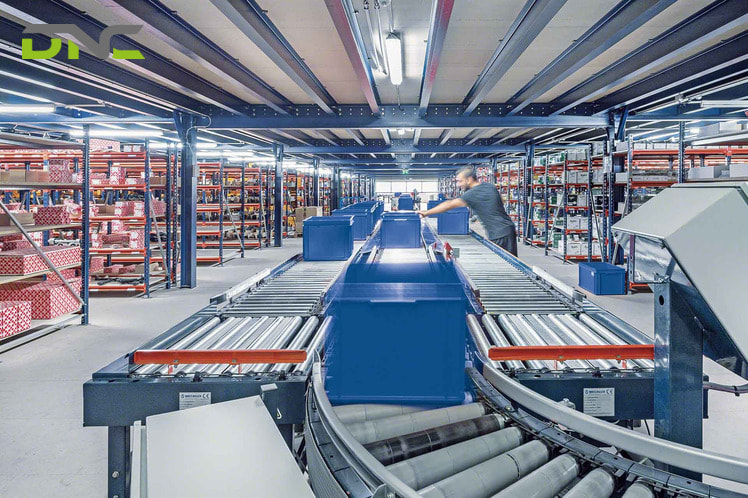
A Goods-to-Person (G2P) system represents a fundamental paradigm shift in warehouse operations, where products are automatically transported
How Does a G2P System Work?
G2P systems orchestrate multiple technologies into seamless workflows that dramatically improve warehouse efficiency. Understanding these operational steps reveals how automation transforms traditional order fulfillment processes.
Step 1: Order Receipt and Task Generation
The Warehouse Management System (WMS) receives orders from e-commerce platforms, retail systems, or manufacturing schedules. The system immediately identifies required SKUs, verifies inventory availability, and determines optimal fulfillment strategies.
Advanced algorithms decide whether to process orders individually or batch multiple orders together—grouping orders with common products minimizes retrieval operations and improves efficiency.
The WMS performs intelligent inventory allocation based on FIFO (first-in-first-out), expiration dates, or lot tracking requirements. For Malaysian pharmaceutical distributors, automated FEFO (first-expired-first-out) logic ensures regulatory compliance.
The system generates precise pick tasks and transmits instructions to the Warehouse Control System (WCS) managing physical equipment.
Step 2: Automated Retrieval from Storage Systems
The WCS directs AS/RS or robotic systems to retrieve items from storage locations:
- Shuttle-based AS/RS: Automated shuttles travel on rails within racking structures, moving horizontally and vertically to extract bins or totes from storage positions up to 12 meters high
- Crane-based AS/RS: Stacker cranes on floor-mounted rails retrieve containers from high-bay racking with millimeter-level precision
- Vertical Lift Modules (VLMs): Enclosed towers deliver storage trays to ergonomic access windows—ideal for Malaysian facilities managing high SKU counts in limited floor space
- Mobile robots: Autonomous robots lift and transport entire shelving units to picking stations, with dynamic repositioning based on product velocity
Step 3: Automated Transport to Picking Stations
Retrieved inventory moves to picking workstations via automated material handling:
- Conveyor systems: Belt and roller conveyors transport containers reliably at high speeds. Sortation conveyors automatically route items to appropriate stations, achieving 150-200 sorts per minute
- AGVs (Automated Guided Vehicles): Follow predefined paths using magnetic tape or laser guidance, reliably delivering containers to designated stations
- AMRs (Autonomous Mobile Robots): Navigate dynamically using LiDAR and SLAM algorithms, adapting to congestion in real-time. Malaysian facilities deploy fleets of 20-30+ AMRs that automatically balance workload across stations
Step 4: Picking Station Operations
Ergonomically designed workstations enable operators to achieve 300-400+ picks per hour—3-4x manual rates:
- Pick-to-light systems: LED indicators illuminate exact pick locations with digital quantity displays. Operators confirm picks instantly, eliminating paper lists and achieving sustained high speeds
- Put-to-light systems: Enable batch picking for multiple orders simultaneously—operators scan items and illuminated displays show which order containers receive them
- Barcode verification: Operators scan products before placement, with systems immediately alerting to any discrepancies
- Weight verification: Integrated scales compare actual order weights against expected weights, catching quantity errors or wrong items
- Robotic picking: Vision-guided arms handle uniform products like boxes or bottles, while collaborative robots assist with heavy items
Step 5: Order Completion and Shipping Preparation
Final workflows prepare orders for customer delivery:
- Automated packing: Carton erectors, void fill dispensers, tape machines, and label printers enable operators to complete orders in 30-45 seconds
- Dimensioning and weighing: Systems automatically capture package data for accurate freight calculation and carrier selection
- Shipping sortation: Routes completed orders to appropriate carrier lanes (Pos Malaysia, DHL, J&T Express, Ninja Van) or destination zones automatically
- TMS integration: WMS transmits shipment data to Transportation Management Systems, generating manifests, scheduling pickups, and providing customer tracking
Throughout these operations, the WCS manages real-time equipment coordination, preventing collisions, optimizing routing, balancing workload. The WMS orchestrates business-level optimization, adjusting storage positions, planning order waves, tracking productivity.
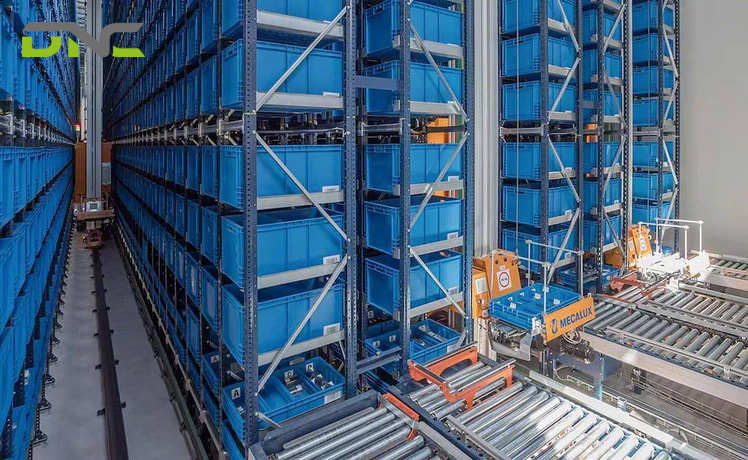
G2P System works in 5 steps
What Are the Core Components of a G2P System?
Effective G2P systems integrate multiple specialized technologies working in coordination. Understanding these core components helps Malaysian businesses evaluate and specify appropriate solutions for their operations.
1. Automated Storage and Retrieval Systems (AS/RS)
AS/RS forms the backbone of G2P operations, providing high-density storage and automated retrieval capabilities:
- High-bay racking systems: Structures reaching 10-15 meters storing pallets, bins, or totes in dense configurations maximizing vertical space utilization
- Stacker cranes: Automated cranes traveling on rails between racking rows, retrieving and depositing loads with precision
- Mini-load systems: Designed for smaller items like electronics, pharmaceuticals, or spare parts, handling bins and totes rather than full pallets
- Vertical Lift Modules (VLMs): Enclosed vertical storage towers delivering trays to ergonomic access points—ideal for space-constrained Malaysian facilities
- Shuttle systems: Autonomous shuttles operating on rails within racking, moving horizontally and vertically to access storage positions
2. Conveyor Systems
Conveyors provide reliable material transport between zones:
- Belt conveyors: Transport bins, totes, and cartons smoothly between storage, picking, and packing areas
- Roller conveyors: Handle heavier loads with gentle movement, suitable for diverse package types
- Sortation conveyors: Automatically route items to correct destinations using diverters, achieving 150-200+ sorts per minute
- Vertical conveyors: Move materials between floors in multi-level facilities efficiently
- Accumulation zones: Buffer inventory between processes, maintaining continuous workflow
3. Robotic and Shuttle Systems
Advanced robotics handle retrieval and picking tasks:
- Grid shuttles: Move on three-dimensional rail grids within storage cubes, with multiple robots operating simultaneously for high throughput
- Mobile shelf robots: Navigate beneath storage units, lift them, and transport to picking stations—enabling dynamic slotting optimization
- Robotic picking arms: Vision-guided systems identify and grasp products from bins, handling uniform items with high speed and accuracy
- Collaborative robots (cobots): Work safely alongside human operators without caging, assisting with heavy or repetitive tasks
4. Picking Workstations
Ergonomic stations where human-machine collaboration occurs:
- Manual pick stations: Operator workstations with integrated displays, barcode scanners, scales, and packing materials dispensers
- Pick-to-light systems: LED indicators and digital displays guide operators to exact pick locations with required quantities
- Put-to-light arrays: Enable batch picking for multiple orders simultaneously with illuminated order containers
- Voice-directed systems: Hands-free picking guidance through headset instructions and voice confirmation
- Quality verification: Integrated barcode scanners and weight scales ensure accuracy before order completion
5. Automated Guided Vehicles (AGVs) and Mobile Robots
Flexible material transport without fixed conveyor infrastructure:
- Traditional AGVs: Follow predefined paths using magnetic tape, wire guidance, or laser navigation—reliable for stable, repetitive routes
- Autonomous Mobile Robots (AMRs): Dynamic navigation using LiDAR and SLAM technology, adapting to obstacles and layout changes in real-time
- Tote-carrying robots: Transport individual containers between storage and workstations
- Pallet AGVs: Move full pallets for bulk material handling and replenishment operations
- Fleet management: Centralized systems coordinate multiple vehicles, optimizing routing, managing charging, and preventing collisions
6. Control and Management Systems
Intelligent software orchestrates all physical components:
- Warehouse Management System (WMS): Business-level control managing inventory, orders, labor, and reporting. Determines what to pick, when, and optimal strategies
- Warehouse Control System (WCS): Real-time equipment orchestration translating WMS instructions into specific automation commands. Manages traffic, queuing, and equipment coordination
- Warehouse Execution System (WES): Intermediate layer optimizing task sequencing and resource allocation between WMS strategy and WCS execution
- Middleware and integration platforms: Connect warehouse systems with ERP, e-commerce platforms, TMS, and other business applications
- Analytics and reporting: Dashboards visualizing KPIs, performance trends, and operational insights for continuous improvement.
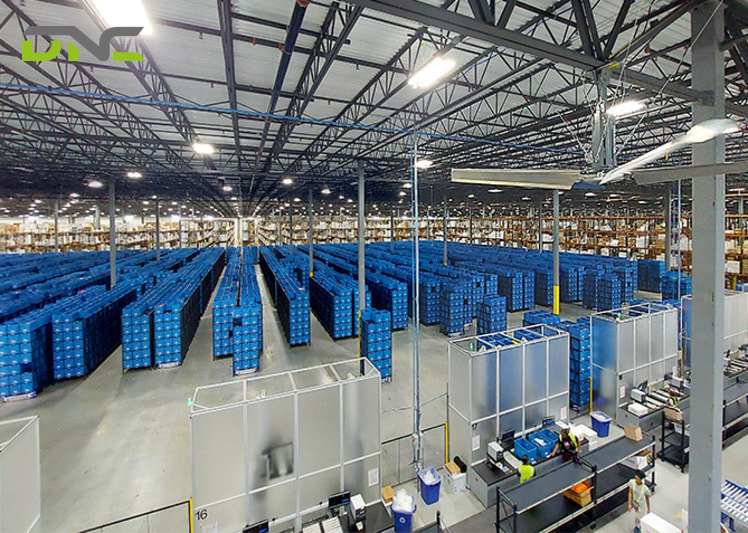
G2P System is divided into 6 common types
How Does G2P Improve ROI and Operational Efficiency?
G2P systems deliver measurable financial returns and operational improvements that directly impact business performance. Malaysian companies implementing these technologies report substantial gains across key operational metrics.
- Significant Labor Cost Reduction: Malaysian facilities typically reduce labor requirements by 40-60% while handling the same or higher volumes, with additional savings from reduced workplace injuries (70-80% decrease) and lower turnover rates.
- Dramatic Throughput Improvements: Picking productivity increases 3-4x, from 60-100 lines per hour manually to 300-400+ lines with G2P systems.
- Superior Order Accuracy: Automated verification through pick-to-light, barcode scanning, and weight checks improves accuracy from 97-98% to 99.5%+, reducing errors by 60-80%.
- Faster Order Cycle Times: G2P reduces fulfillment time from 4-8 hours to 1-2 hours through immediate processing and 30-60 second retrieval versus 5-10 minute walks.
- Maximized Space Utilization: High-density automated storage increases capacity 200-400% using vertical space up to 12-15 meters.
- Government Incentives Improving ROI: Industry4WRD grants through MIDA and MDEC cover 30-70% of automation costs, with additional tax allowances available.
- Enhanced Competitive Positioning: Faster, more accurate fulfillment improves customer satisfaction and enables premium service offerings like same-day delivery.
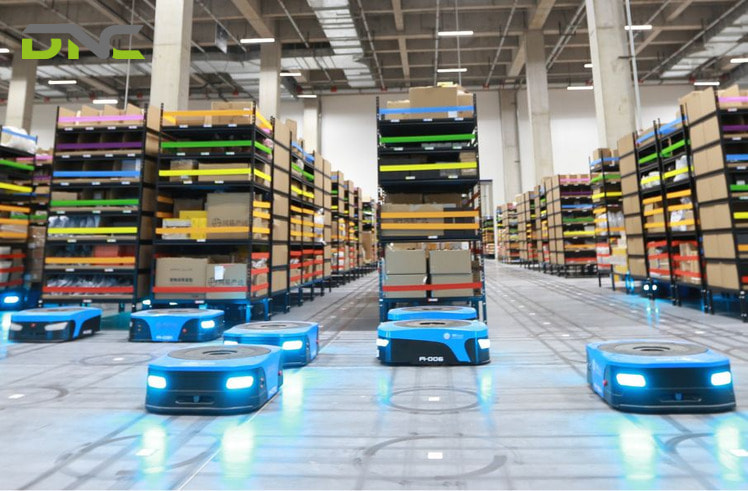
G2P systems deliver measurable financial returns and operational improvements that directly impact business performance
What Business Challenges Does G2P Solve?
G2P systems directly address the most pressing operational challenges facing Malaysian warehouses and distribution centers:
- Labor Shortages and Recruitment Difficulties: Malaysia faces persistent warehouse labor shortages, particularly for physically demanding roles. Restrictions on foreign workers and competition from other sectors make recruitment challenging. G2P reduces workforce requirements by 40-60% while making remaining positions less physically demanding and more attractive to local workers.
- Low Productivity from Excessive Travel: Traditional warehouse workers spend 60-70% of shifts walking between storage locations, traveling 15-20 kilometers daily.
- Human Picking Errors Affecting Quality: Manual picking generates 2-3% error rates from location confusion, misreads, or fatigue. These mistakes cause returns, customer complaints, and damaged marketplace ratings.
- High Operating Costs: Malaysian facilities face mounting costs from labor, errors requiring rework, and inefficient space utilization.
- E-commerce Speed Requirements: Online shoppers expect same-day or next-day delivery, particularly during promotional events (11.11, 12.12 sales). Traditional warehouses struggle to process orders fast enough for late-afternoon cutoffs.
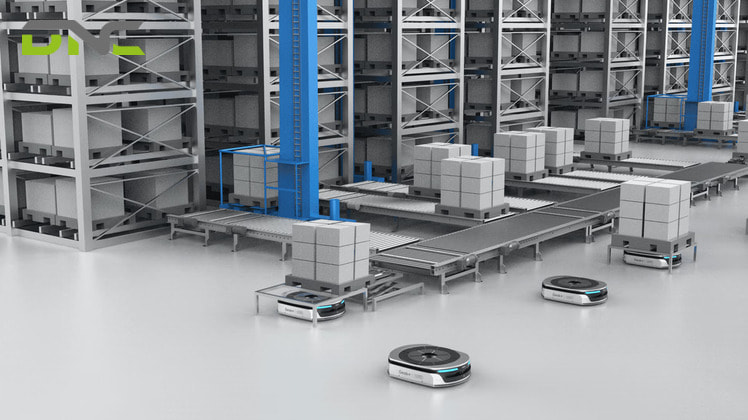
Labor Shortages and Recruitment Difficulties
Conclusion
Goods-to-Person systems deliver transformative results for Malaysian businesses-200-400% productivity gains, 99.5%+ accuracy, 40-60% space savings, and 18-30 month ROI. With government Industry4WRD incentives covering 30-70% of costs, G2P automation has become accessible and essential for manufacturers, distributors, 3PLs, and e-commerce operations competing in today’s fast-paced logistics environment.
DNC Automation specializes in warehouse automation solutions tailored for Malaysian businesses. We provide complete G2P system design, integration, and implementation—from AS/RS and conveyor systems to AGVs, robotic picking, and intelligent WMS platforms.
Why Choose DNC:
- Local expertise: Deep understanding of Malaysian regulations, Industry4WRD grant processes, and market requirements
- End-to-end service: Feasibility studies, ROI analysis, installation, training, and ongoing optimization support
- Proven experience: Successful implementations across e-commerce, manufacturing, pharmaceutical, and 3PL sectors
- Technology partnerships: Access to leading global automation suppliers with local service capabilities
- Customized solutions: Systems designed for your specific operational needs, space constraints, and growth plans
- 5 views
- 0 Comment



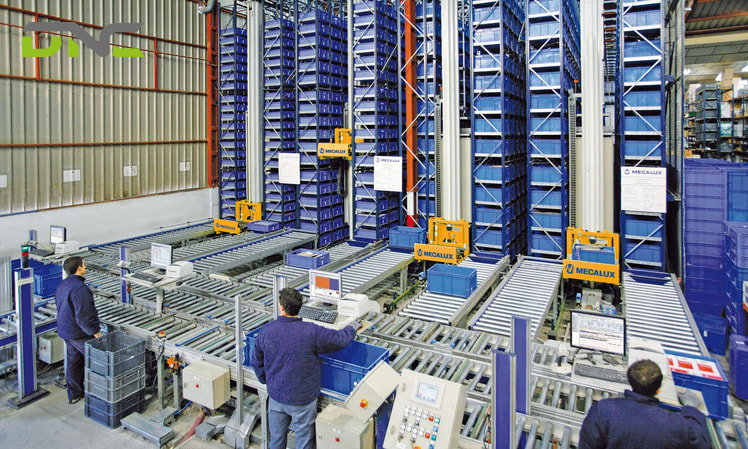
Recent Comments